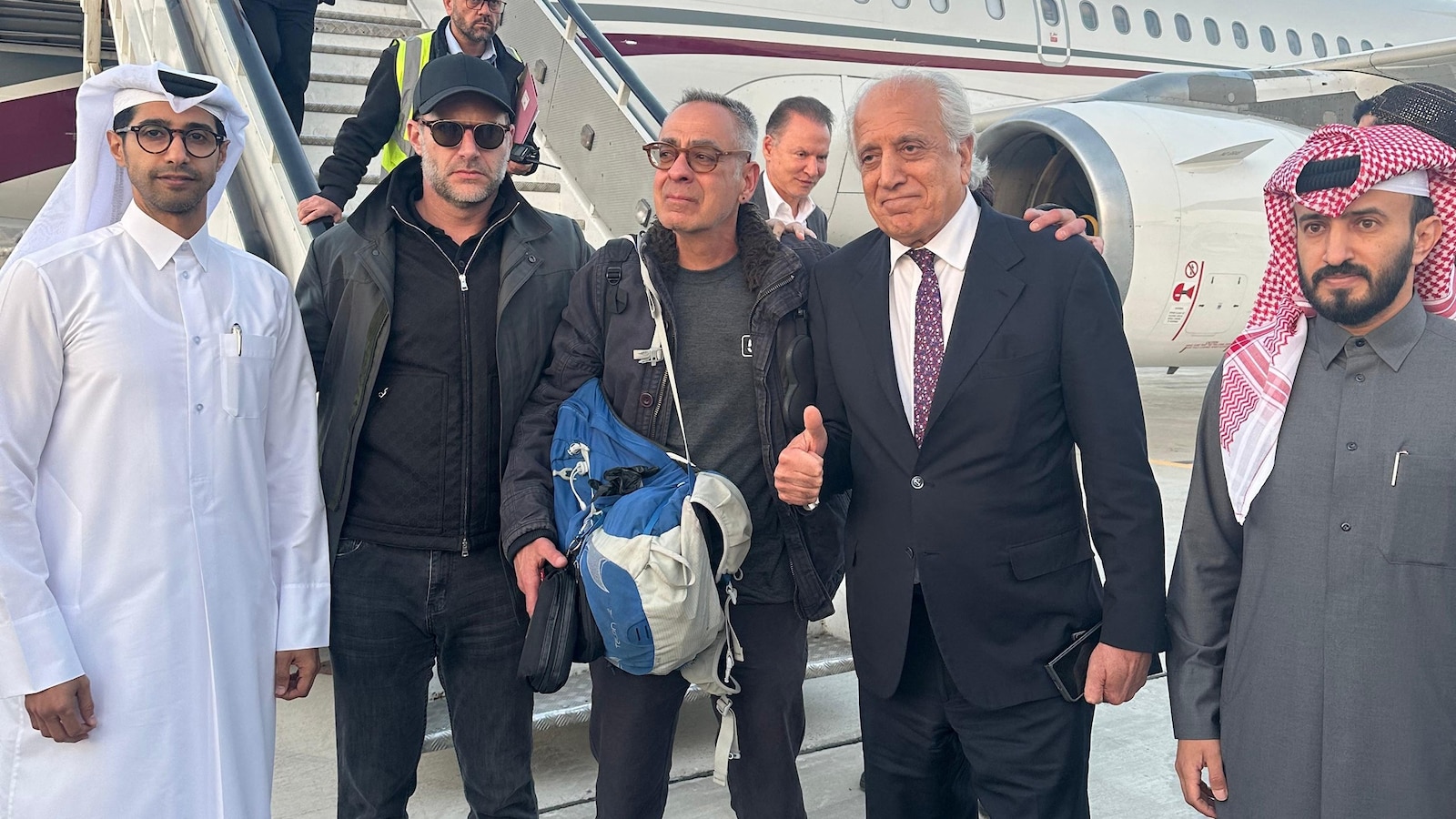Two Years Held: American George Glezmann's Taliban Freedom and the Ongoing Challenges
American George Glezmann's release after two years of Taliban captivity has sparked renewed global attention on the complexities of hostage situations and the ongoing humanitarian crisis in Afghanistan. His story highlights not only the personal ordeal of captivity but also the broader geopolitical implications and the tireless efforts of those working to secure the release of other hostages.
A Captive's Ordeal: Two Years Under Taliban Rule
George Glezmann's ordeal began in [Insert Date], when he was [briefly explain circumstances of his capture]. The following two years were marked by [describe conditions of captivity, citing reputable sources if available]. This period underscored the significant risks faced by individuals working or traveling in regions controlled by the Taliban. The lack of consistent communication and the uncertainty surrounding his fate added further distress for his family and friends. His story provides a stark reminder of the dangers present in unstable geopolitical environments.
The Negotiation Process: Secrecy and Diplomacy
The details surrounding Glezmann's release remain largely confidential, due to the sensitive nature of hostage negotiations. However, it's understood that [mention key actors involved, e.g., government agencies, NGOs, intermediaries]. The success of these negotiations underscores the importance of [mention strategies, e.g., quiet diplomacy, back-channel communication]. Such operations require immense patience, discretion, and a deep understanding of the cultural and political landscape.
- The Role of Diplomacy: Successful hostage releases often depend on skilled diplomats navigating complex political relations.
- The Importance of Intelligence: Accurate intelligence gathering is crucial in identifying safe negotiation avenues and assessing risks.
- The Human Cost: While the focus is on the release, the emotional toll on families and negotiating teams shouldn't be overlooked.
The Aftermath: Reintegration and Recovery
Glezmann's return to the United States marked a significant moment, yet it's only the beginning of his journey towards full recovery. He now faces the challenges of reintegrating into society, dealing with potential psychological trauma, and readjusting to life outside captivity. Access to [mention relevant resources, e.g., mental health services, support groups] will be vital in this process. His story highlights the need for comprehensive support systems for returning hostages.
Ongoing Concerns: Other Hostages Remain Captive
While Glezmann's freedom is a cause for celebration, it's important to remember that numerous individuals remain held captive by the Taliban and other groups. Their families continue to grapple with uncertainty and anxiety. The case highlights the ongoing need for dedicated efforts towards securing the release of all remaining hostages.
The Broader Context: The Humanitarian Crisis in Afghanistan
Glezmann's story also highlights the wider context of the humanitarian crisis in Afghanistan. The ongoing situation has [mention key aspects of the crisis, e.g., food insecurity, lack of access to healthcare, displacement]. The challenges faced by the Afghan people further complicate efforts to address issues like hostage situations and underscore the urgency of international aid and support.
[Insert links to relevant news articles, NGOs working in Afghanistan, and government resources]
Conclusion: George Glezmann's release offers a glimmer of hope, but it's also a stark reminder of the ongoing challenges in Afghanistan and the persistent dangers faced by individuals in volatile regions. His story serves as a testament to the resilience of the human spirit and the tireless efforts of those who work to bring hostages home. Let's continue to advocate for the release of all those still held captive and support efforts to address the humanitarian crisis in Afghanistan.
